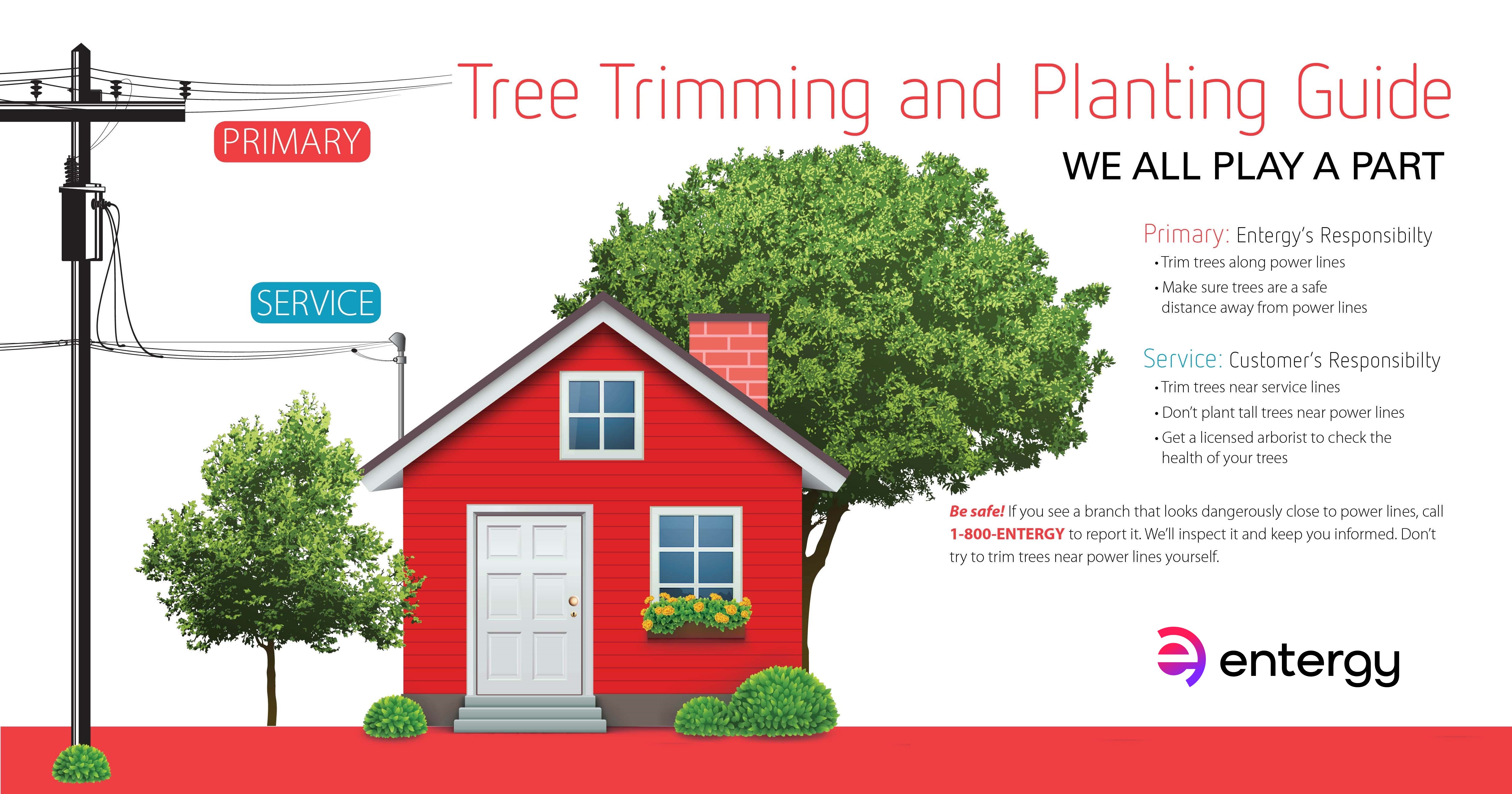Indicators That Tree Removal Is Necessary: Acknowledging Dangerous Trees
Indicators That Tree Removal Is Necessary: Acknowledging Dangerous Trees
Blog Article
Web Content Develop By-Harper Aagaard
When it comes to tree treatment, recognizing the indications that it's time for removal is important for your security and residential or commercial property. You might notice discolored leaves, wilting branches, or strange fungal growths showing health problems. Structural problems, like a significant lean or cracks in the trunk, can likewise present risks. Understanding these indication can help you make notified decisions concerning your trees and protect against possible dangers hiding in your lawn. What should you try to find next?
Signs of Decay and Condition
When you observe indicators of decay and illness in your trees, it's important to act promptly. Look for tarnished fallen leaves, wilting branches, or uncommon developments like fungus. These can show that your tree is struggling.
If you see fractures in the bark or soft, mushy wood, these signs and symptoms recommend interior decay. Furthermore, an abrupt increase in insects around your tree can signal that it's deteriorated and vulnerable.
Look for any type of dead or dying arm or legs, as they posture a danger to your residential property and safety and security. If you're uncertain concerning what you see, speaking with an arborist can give clearness.
Attending to these indicators early can conserve you from much more extensive damages and make sure the health of your backyard. Do not wait up until it's far too late.
Structural Instability and Leaning
As you observe your trees, watch out for any type of signs of architectural instability or leaning. If https://greenvillejournal.com/homes/homes-great-landscaping/ leans considerably, it might suggest that the root system is endangered.
Trimming Crepe Myrtle Trees for any kind of cracks in the trunk or soil around the base; these can signify potential failing. In addition, check for uncommon growth patterns, like a lopsided crown, which may suggest that the tree is struggling to hold itself upright.
If you observe that the tree leans toward your home, power lines, or other structures, it positions a higher risk. Do not neglect these indications-- consult an arborist to analyze the circumstance.
Acting early can protect against costly damages and ensure your safety.
Dead or Perishing Branches and Vegetation
If you discover dead or passing away branches and vegetation on your tree, it's a clear indication that something's wrong.
These undesirable locations can indicate underlying concerns like condition, insect problems, or environmental stress and anxiety. When branches shed their fallen leaves or transform brownish, they're no longer adding to the tree's health. Overlooking these signs could lead to further decrease, making your tree a lot more hazardous.
Dead branches can quickly break off throughout tornados, presenting a danger to property and people nearby. It's vital to evaluate the extent of the damages.
If the trouble impacts a considerable part of the tree, consider speaking with a specialist. They can help identify if elimination is necessary to ensure security and maintain the appeal of your landscape.
Final thought
If you notice any indicators of degeneration, architectural instability, or dead branches on your trees, don't disregard them. These indicators can position major security threats to you and your property. It's always best to seek advice from a professional arborist that can give a professional analysis of your trees. Doing something about it early can stop crashes and pricey damages, ensuring your landscape remains safe and healthy and balanced. Keep in mind, it's much better to be positive concerning tree treatment than to wait on a calamity to happen.
